2-Piece vs. 3-Piece Forged Wheels: Key Differences in Strength, Weight, and Customization
Understanding Modern Forged Wheel Construction Methods
The world of high-performance automotive wheels has evolved significantly, with forged wheels standing at the forefront of innovation. These precision-engineered components represent the pinnacle of wheel manufacturing, offering superior strength, reduced weight, and enhanced customization options compared to traditional cast wheels. As automotive enthusiasts and professionals delve deeper into wheel technology, the debate between 2-piece and 3-piece forged wheels continues to spark intense discussions.
Modern forged wheels begin their journey as solid blocks of aerospace-grade aluminum, which undergo intense pressure and precise machining to create the final product. This manufacturing process aligns the metal's grain structure, resulting in exceptional strength-to-weight characteristics that surpass those of cast wheels. Whether choosing between 2-piece or 3-piece construction, understanding their distinct attributes is crucial for making an informed decision.
Structural Composition and Manufacturing Process
2-Piece Forged Wheel Construction
2-piece forged wheels consist of a forged center section and an outer barrel that are precisely engineered to work together. The manufacturing process begins with the creation of the center section, which is forged from a single block of aluminum. This center piece undergoes extensive machining to achieve the desired design and weight reduction while maintaining structural integrity. The outer barrel is separately manufactured and then permanently joined to the center section through a combination of welding and advanced bonding techniques.
The assembly process for 2-piece forged wheels requires exceptional precision, as the connection between the center and barrel must withstand tremendous forces during vehicle operation. Manufacturers employ sophisticated quality control measures to ensure perfect alignment and structural soundness of the final product.
3-Piece Forged Wheel Architecture
3-piece forged wheels represent a more complex construction, consisting of a forged center section and two separate barrel components - an inner and outer lip. This design allows for greater flexibility in width adjustments and styling options. Each component is individually manufactured to exacting specifications before being assembled using high-strength hardware and sophisticated sealing systems.
The manufacturing process for 3-piece forged wheels involves multiple stages of quality control and precision assembly. The ability to separate the wheel into three distinct components not only facilitates customization but also allows for easier repairs if damage occurs to any single section.
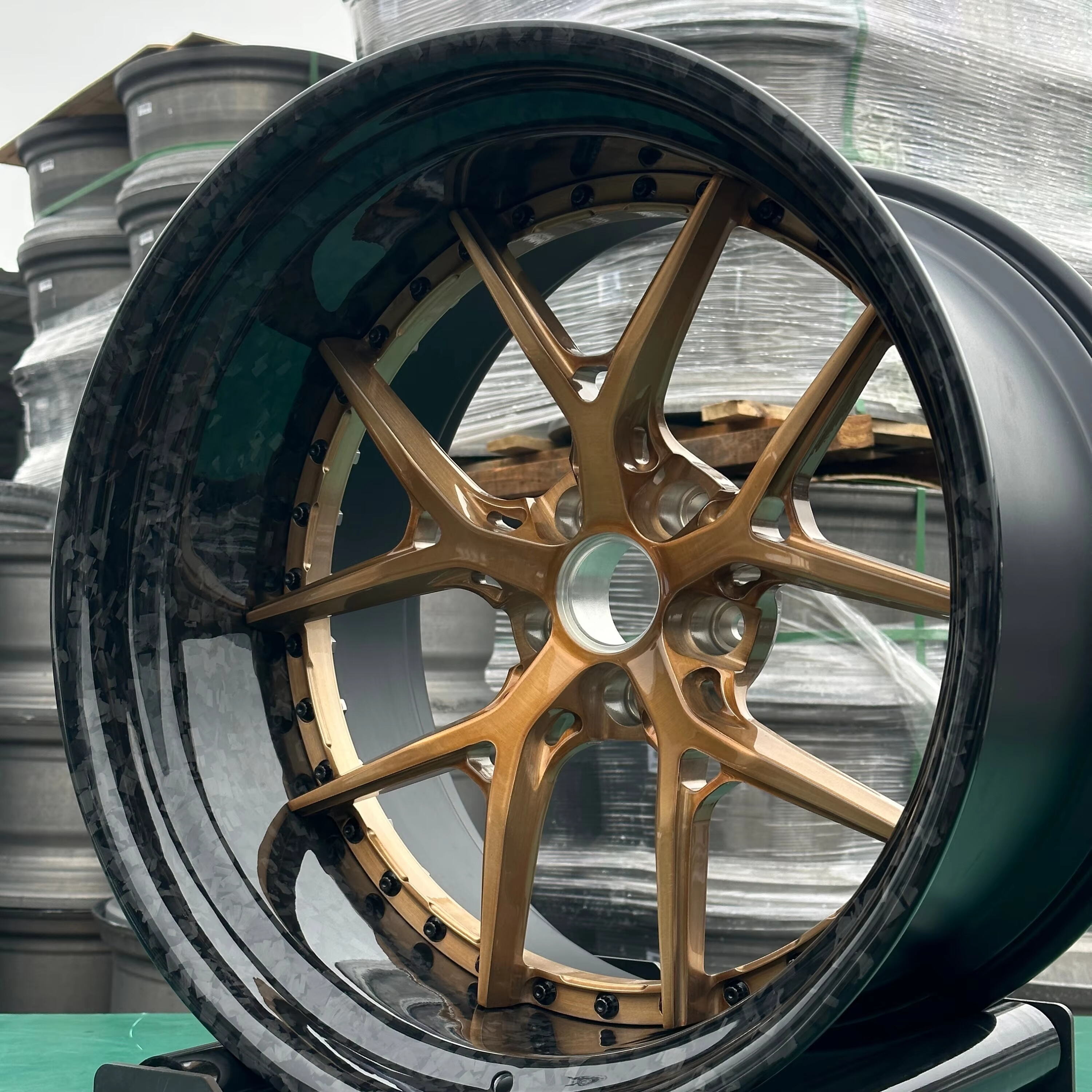
Performance Characteristics and Engineering Benefits
Strength and Durability Analysis
The strength characteristics of forged wheels vary between 2-piece and 3-piece designs. 2-piece forged wheels typically offer slightly higher structural rigidity due to their simpler construction and fewer potential stress points. The permanent joining of components creates a more unified structure that can better distribute forces encountered during aggressive driving scenarios.
3-piece forged wheels, while extremely robust, incorporate more connection points that must be properly maintained. However, their modular design allows for strategic reinforcement in specific areas while maintaining weight optimization in others. This adaptability makes them particularly suitable for high-performance applications where specific load requirements must be met.
Weight Considerations and Performance Impact
Weight reduction is a critical factor in wheel design, directly affecting vehicle performance and efficiency. 2-piece forged wheels often achieve slightly lower overall weights due to their simplified construction and fewer components. This weight advantage can translate to improved acceleration, better brake response, and enhanced handling characteristics.
3-piece forged wheels, despite potentially weighing slightly more due to additional hardware, offer opportunities for advanced weight reduction techniques through variable thickness designs and material optimization. The ability to fine-tune each component's specifications allows engineers to achieve an optimal balance between strength and weight for specific applications.
Customization Options and Aesthetic Versatility
Design Flexibility and Styling Options
When it comes to customization, 3-piece forged wheels offer unparalleled flexibility. The separate components allow for virtually unlimited combinations of center designs, lip profiles, and finishing options. Enthusiasts can select different finishes for each component, creating truly unique wheel appearances that perfectly match their vehicle's aesthetic.
2-piece forged wheels, while more limited in terms of component combinations, still offer significant customization options through various center designs and finishing treatments. Their construction method allows for aggressive spoke patterns and complex surface details that can create striking visual impact.
Finish Options and Material Selections
Both wheel types support a wide range of finishing options, from traditional polished surfaces to contemporary ceramic coatings. 3-piece forged wheels have an advantage in this area, as different finishes can be applied to individual components before final assembly. This versatility enables creative combinations that wouldn't be possible with 2-piece construction.
Material selection plays a crucial role in both designs, with manufacturers offering various aluminum alloy options optimized for specific performance characteristics. The choice of materials can influence not only the wheel's performance but also its long-term durability and appearance retention.
Maintenance Requirements and Long-term Considerations
Regular Maintenance Protocols
2-piece forged wheels generally require less maintenance due to their permanent assembly. Regular cleaning and inspection of the wheel surface and mounting areas are typically sufficient to ensure long-term performance. The absence of removable components eliminates the need for periodic hardware checks and tightening.
3-piece forged wheels demand more attentive maintenance routines. Owners must regularly inspect and maintain proper torque specifications on assembly hardware, check sealing components for integrity, and ensure proper cleaning of all surfaces, including internal areas between components.
Long-term Value and Durability
The investment value of both wheel types remains strong, with each offering distinct advantages. 2-piece forged wheels often provide excellent long-term durability with minimal maintenance requirements, making them an attractive option for daily-driven performance vehicles.
3-piece forged wheels, while requiring more maintenance, offer the ability to repair or replace individual components if damage occurs. This modularity can result in lower long-term ownership costs and extended wheel life, particularly in demanding use scenarios.
Frequently Asked Questions
Which construction type offers better performance for track use?
Both 2-piece and 3-piece forged wheels perform excellently in track environments. 2-piece wheels may have a slight advantage in sustained high-stress situations due to their unified construction, while 3-piece wheels offer greater flexibility in repairs and modifications for specific track requirements.
How do weather conditions affect different forged wheel constructions?
Both constructions handle weather exposure well, but 3-piece wheels require more attention to sealing surfaces and hardware condition in wet environments. 2-piece wheels typically show better resistance to environmental factors due to their permanent assembly method.
What is the typical price difference between 2-piece and 3-piece forged wheels?
3-piece forged wheels generally command higher prices due to their complex construction and greater customization options. 2-piece wheels often represent a more cost-effective choice while still delivering excellent performance and quality.
Recommended Products
 Hot News
Hot News
-
Forged Carbon Products
2024-05-21
-
Forged Off-Road Accessories
2024-05-21
-
GVICHN Introduces Revolutionary Forged Two-Piece Product
2024-05-21


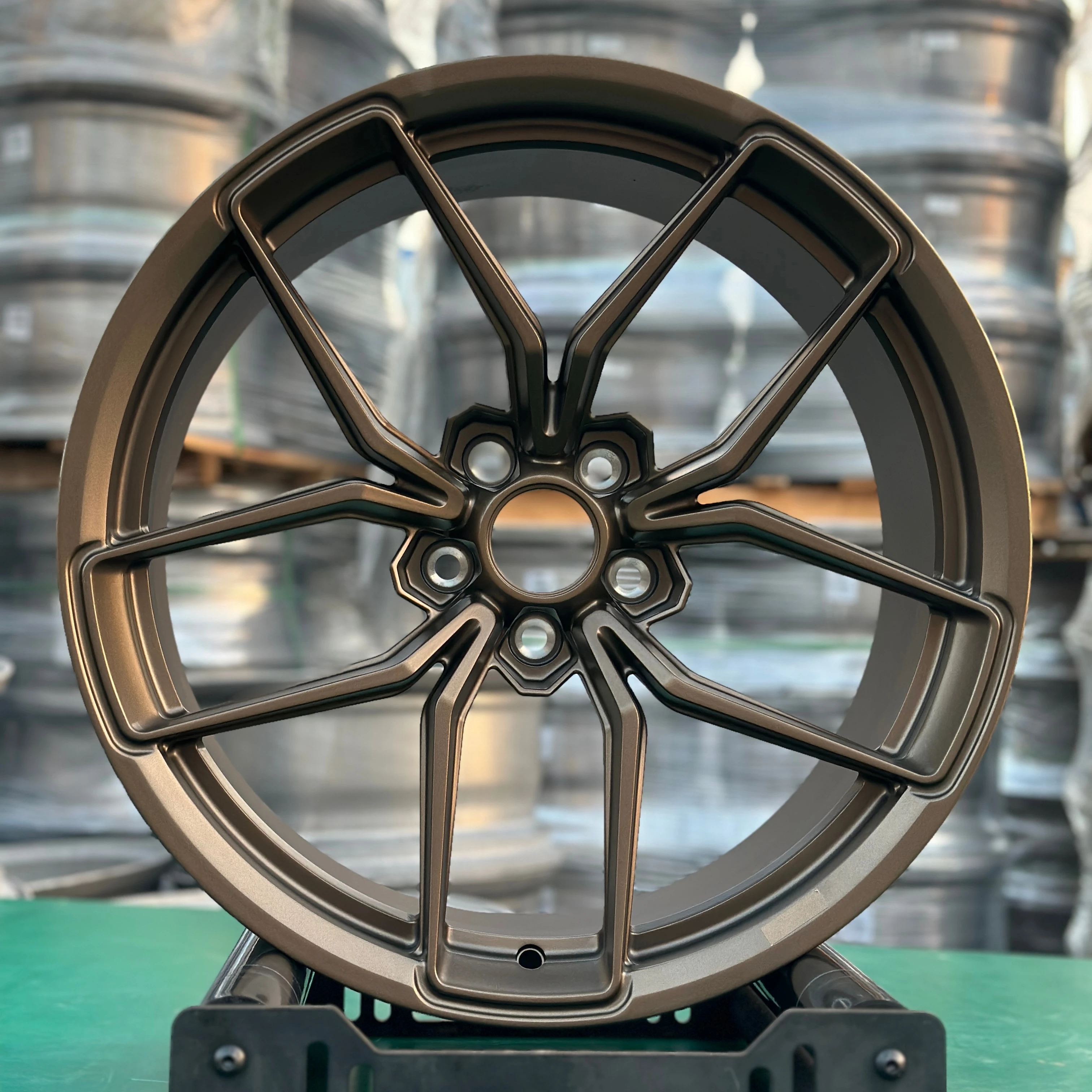
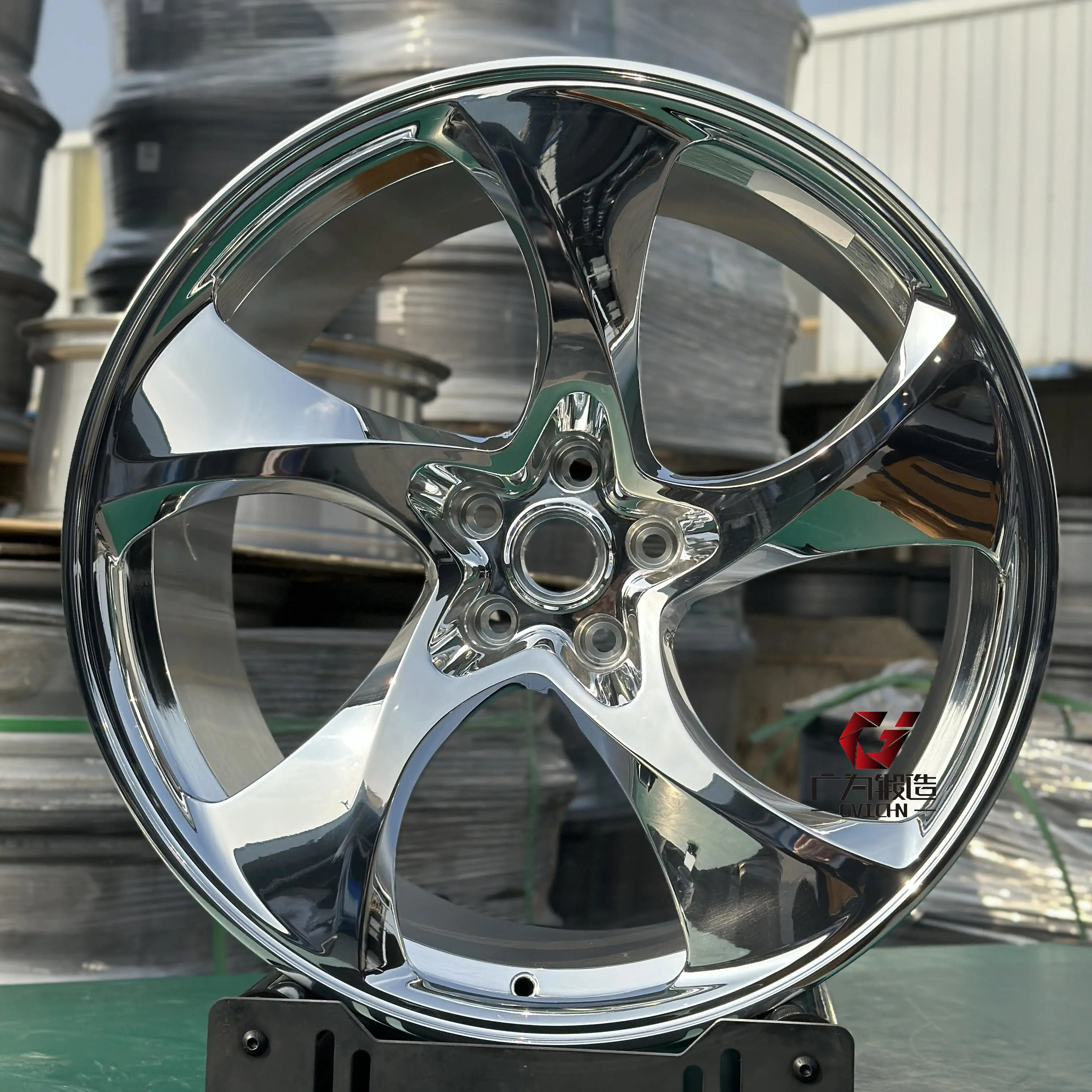

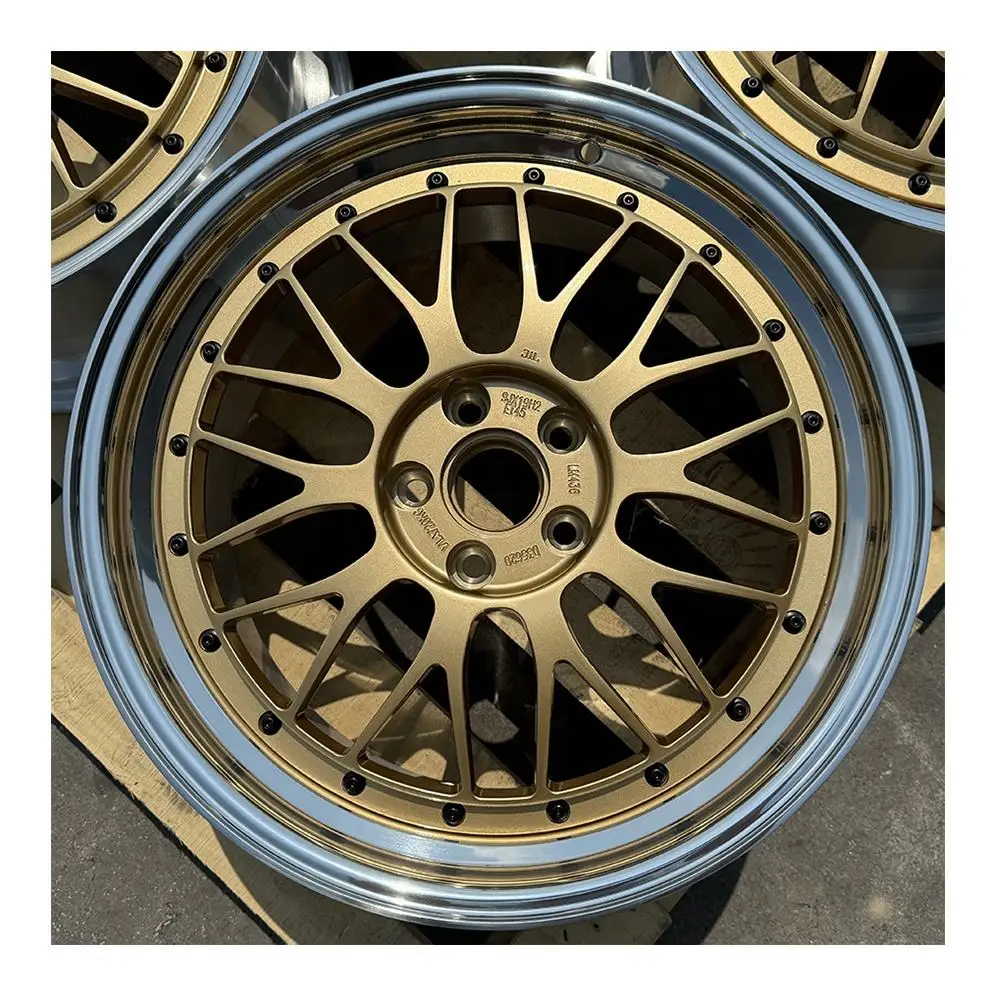
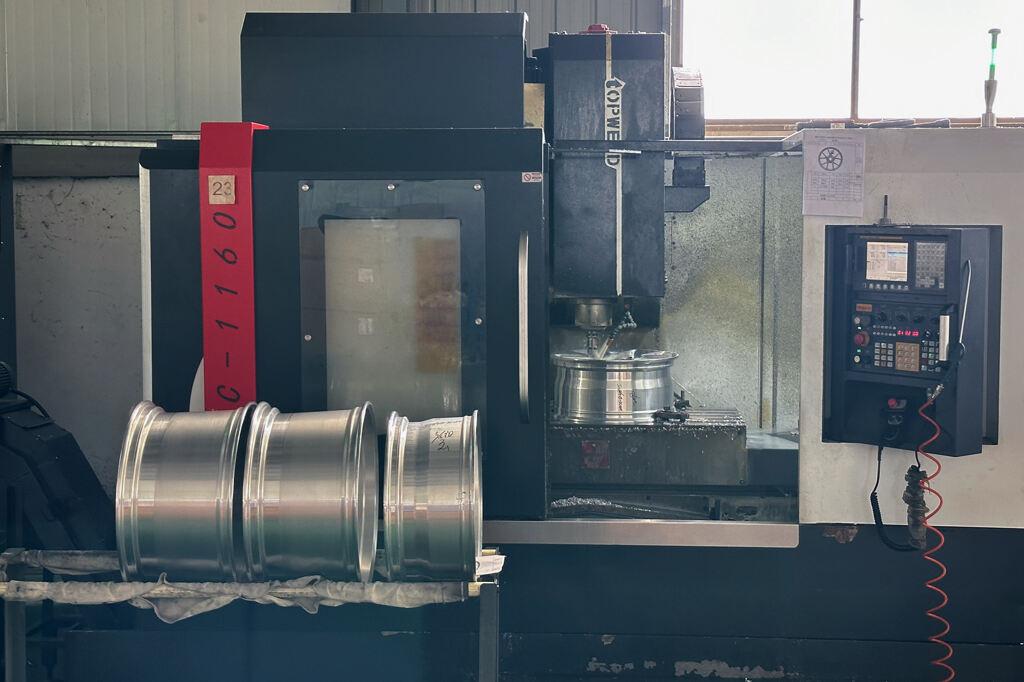
 ONLINE
ONLINE